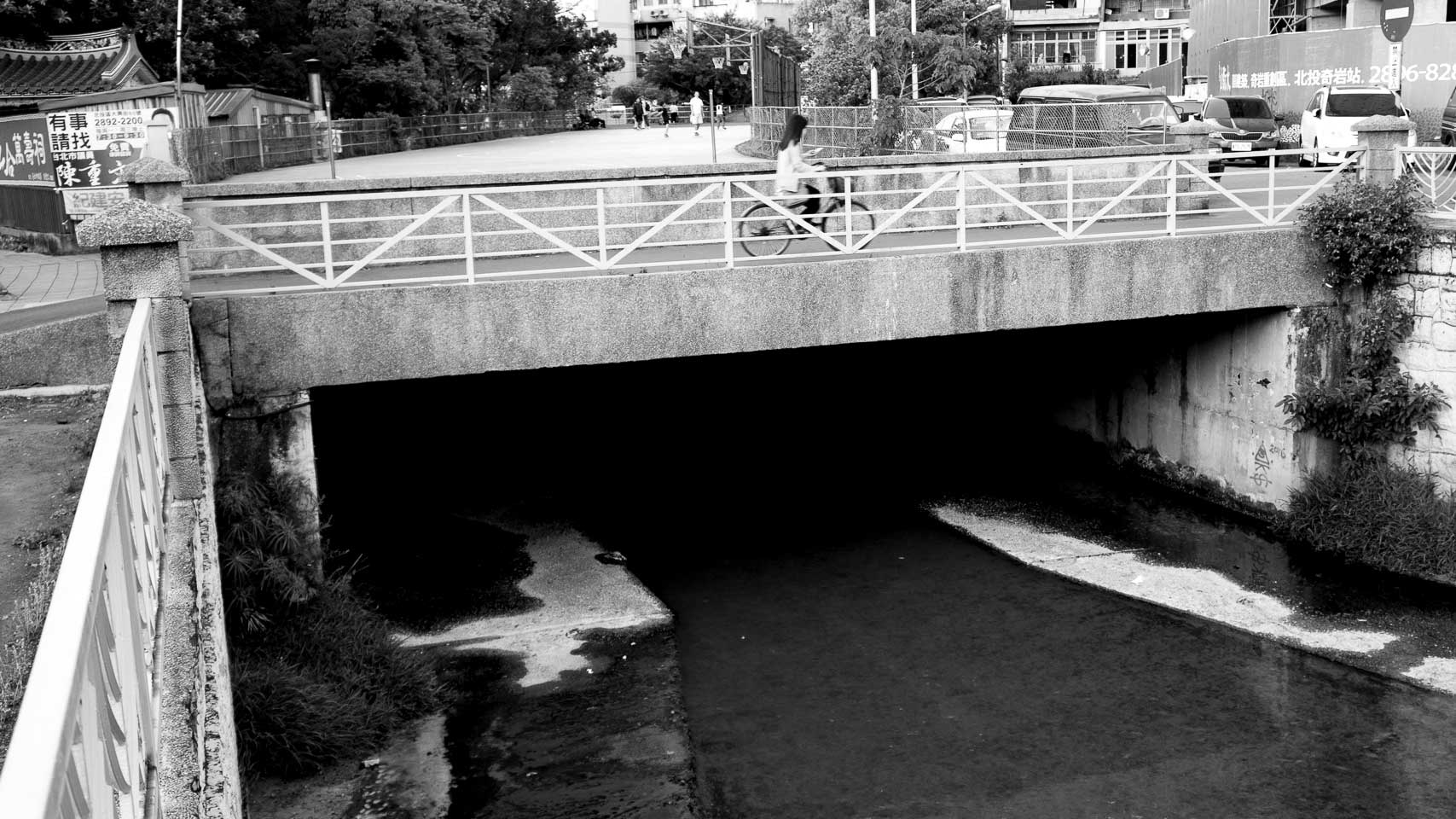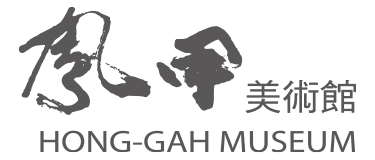BACK
Herbal Urbanism – 1. Beitou Snippets

The anthropogenic global warming and its related environmental crises have raised the issues of shared responsibilities of today’s citizens. The scale of these crises is unprecedented and its sheer impact on the planet has surpassed the tipping point of irreversibility. Hence the declared arrival of the Anthropocene now heralded by scientists, theorists, artists and activists around the world. Humans are no longer seen as beyond other species, existing as a collective that pursues its own freedom and economic growth, but rather as a geological agent that has reshaped the planet Earth and profoundly changed the environment.
Herbal Urbanism is conceived as a long-term artistic project, to take place in different cities. Using a diversity of formats ranging from exhibition, performance, screening, conference, publication, fieldwork, etc., the project explores new relationships between humans and nature in the era of Anthropocene. We start with avoiding an anthropocentric view of nature as resources to be utilized for human welfare. The presumption is that the unitary conception of nature in modern sciences should be abandoned for a multiplicity of cosmos, and that indeed, a cosmopolitics of multi-naturalism shall be practiced to explore the new possible relationships between humans and nature. In this artistic project, old and new, existing and experimental views of cosmos will be brought into the realm of art production, debate and practice.
Conventionally, the city is thought of as a site where civilization has emerged and evolved. Based on the division of culture and nature, the city as a living being emerged out of a system of metabolism which consists of interrelated infrastructures such as roads, communication, aqueducts, food and garbage processing facilities which allow urban circulation and governance. Yet, since the Industrial Revolution, urbanization has gradually evolved into an intricate network covering the whole earth. In this process of planetary urbanization, infrastructure has become the cause, not simply a result, of the exchange between human and nature. Infrastructure, in fact, becomes itself a part of nature. Through the ever expanding scale of development in building Autostrada, railroad, air travel facilities, seafare, telecommunication, sanitation and food systems, namely, cyborg urbanization, the city has now turned into a hybrid, social assemblage. Cities are products and producers of Anthropocene.
The city is a site for experimenting and practising new relationships between humans and nature. Current ecological problems are inseparable from urbanization and the life of the city. However, modern urban dwellers are typically inward-looking, neglecting the symbiosis between the city and its larger ecosystem, its Umwelt. It is in this vein that Herbal Urbanism is concerned not only with ecologies inside the city, but with wider, even planetary issues of the environment. Cities as places of multiplicity, conflict, and hybridity, offer themselves for cosmopolitics.
Herbalism, or Pentsaology, is the pharmaceutic branch in Chinese medicine. Even though the term implies the study of botanic knowledge, it focuses on Materia Medica, including various minerals, plants, animals, and even human body parts, which throughout centuries has developed into a series of pharmacopedia.* As part of Chinese medicine, it represents the Chinese cosmology of Qi, Ying-Yang, the Five Agents, and embodies a relationship between humans and nature different from modern medical science. As a project on cosmopolitics, Herbal Urbanism attempts to bring different cosmologies, as well as various disciplines with their ontology and epistemology, into encounter with each other, and to explore possible worlds by linking artistic activist work to various political ecological concerns.
*Charles Darwin called Li Shi-Zhen’s Compendium of Materia Medica from the Ming Dynasty, an encyclopaedia.
“If we understand the cyborg to be a cybernetic creation, a hybrid of machine and organism, then urban infrastructures can be conceptualized as a series of interconnecting life-support systems… The modern home, for example, has become a complex exoskeleton for the human body with its provision of water, warmth, light and other essential needs.”—— Matthew Gandy, “Cyborg Urbanization – Complexity and Monstrosity in the Contemporary City”
Herbal Urbanism: Beitou
Beitou, Taipei, is famed for its volcano-based hot spring. Originally named “Pataw” by the aboriginal Ketagalan, meaning “the place of the witch,” the city is also abundant with churches, temples, and sacred as well as historic sites of all sorts. Its natural landscape is entangled with modern infrastructures from different development periods, and thus the city mirrors global urbanisation over the last decades.
Herbal Urbanism: Beitou, as the first manifestation of Herbal Urbanism, has the Hongah Museum as its site of exhibition and its operation base for workshops, field trips and lectures. The exhibition consists of three parts in tandem, each part will include a show of one or two works, and incorporate related panels, workshops, and field trips, to form an assemblage of heterogeneous elements.
For the first part, Taiwan-based French artist Yannick DAUBY installs a sound environment using his recordings of sound scape in Beitou area. These recordings can be seen also as documentations of different time-scales of Beitou, from Hsiaoyukeng’s fumaroles to Beitou Stone (geologic time), to Qilian Stone (stone carving industry), to rivers, aqueducts, roads, sport fields, and their various ways of negotiating and intermingling with each other, and to the landscape of post-industrial agriculture. All these are assembled as a temporal palimpsest of Beitou.
Water sound functions as a thread through these recordings of the sonic ecology. Since ancient times, the relationship between water and land has been seen as fundamental to the human, social and ecological body. This relationship is ontologically prior to human events and constructs on land, including the infrastructure of the city machine. Ancient philosopher Guanzi’s “Water-Land” has it that “Land, is the origin of things, the root of all lives, where the beautiful and the ugly, the able-virtuous and the incompetent-evil, the intelligent and the idiotic, emerge. Water, is the blood and Qi of land, like the circulatory among vessels and meridians. Therefore, water is called the carrier agent.” Modern cities, because of political and economical governance, over-emphasize the provisions of human needs. How do infrastructures negotiate with running water? The ubiquity of water, as the circulator of vessels and meridians, involves the metabolism of the city. How does water as an agent exist in the city’s ecologic body?
Herbal Urbanism: Beitou is organised in collaboration with the Honggah Museum, affiliated with and co-funded by Topography of Mirror Cities. The Topography of Mirror Cities project, featuring in Dhaka, Bangkok, Taipei, Jakarta, Kuala Lumpur and Phnom Penh, is conducted by Sandy Hsiuchih LO as chief curator, and funded by the National Culture and Arts Foundation, Taiwan. Special thanks go to the Honggah Museum and Sandy Hsiuchih LO. Gratitude also goes to: Qilian Culture Studio, iTAgallery, Taipei Heart Village Association, for their assistance on the production of Yannick Dauby’s work.
Dates: 2018.04.15-05.20
Curated by Manray HSU
Venue: Honggah Museum Second Gallery

